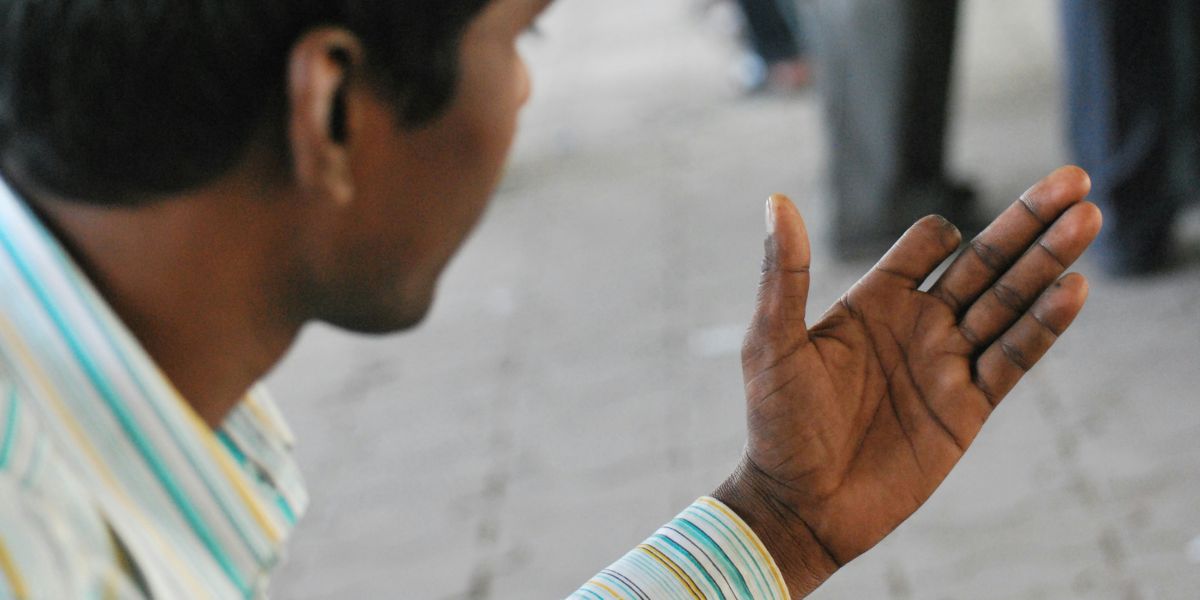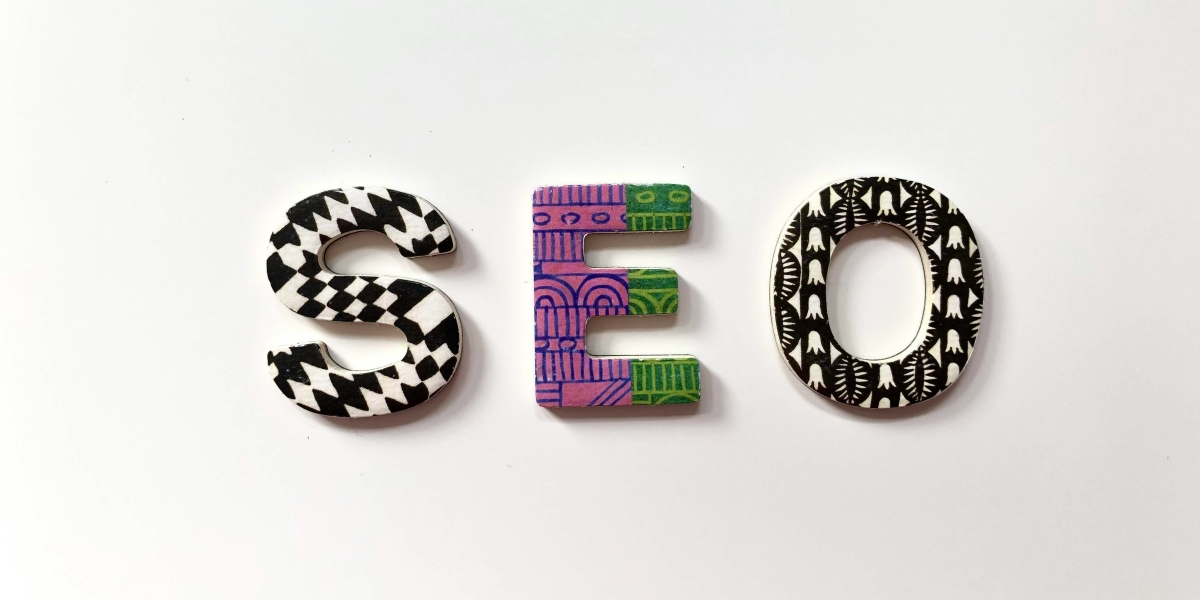Contrary to what’s on the surface, PulseOn is not a smartwatch. Developed by a team specializing in high-tech and analysis software for medical use, this end-to-end solution redefines how doctors diagnose, monitor, and treat arrhythmia. Designed to efficiently utilize Optical Heart Rate (OHR) technology, PulseOn, a CE-certified, MDR Class IIa medical device, blends accuracy, science, and convenience.
PulseOn is designed to be user-friendly and optimized for long-term monitoring with minimal disruption. It offers potential benefits in the evolving healthcare landscape. The technology, which combines OHR with intermittent ECG for AF (Atrial Fibrillation) screening, helps monitor arrhythmias, including those that may not present symptoms. Since its introduction in Finland in 2022, the device has expanded its reach across Europe, Asia, and the Middle East. It has received interest from healthcare professionals and patients for its continuous monitoring capabilities and accuracy.
From a serendipitous conversation, PulseOn found its way into the life of Juha Kankkunen, a WRC rally legend and 4-time world rally champion. Now retired, Juha, a man in excellent shape and health condition, enjoys an active lifestyle as the lead of the Toyota Rally Team and works at his farm in Laukaa, Finland. When, a couple of years ago, he felt his first arrhythmias, it’s fair to say he was concerned.
Though his arrhythmias were occasional, these rare heart palpitations would lead to weakness and anxiety. Determined to find the cause, he visited the doctor’s office often. A Holter monitor even monitored him a few times, but nothing was detected. The rare symptoms continued to burden his freedom, their presence inconveniently disappearing whenever he was being monitored.
The pivotal moment happened when Juha traveled to London for a PR event. During the flight, he was seated next to Jari Kaija, who also happened to be the CEO of PulseOn. As their small talk evolved to health technology, Juha felt compelled to share his arrhythmia concerns. The meeting culminated in Juha accepting Jari’s offer to test the company’s innovative wearable arrhythmia monitor, a medical device commonly only prescribed by a doctor.
It was transformative. As the device followed Juha’s heartbeat all day, all night, it was able to record a rare anomaly. It occurred only after 9 weeks of wearing PulseOn, equipping Juha with the necessary data and ECG records to seek professional advice. That knowledge informed the atrial fibrillation (AFib) diagnosis, as well as the medical prescription. Both have proven effective in Juha’s management journey, allowing him to enjoy life fully.
This is one of several success stories highlighting PulseOn as a convenient and potentially long-term alternative to other available solutions. A Holter monitor, for example, is a widely used portable electrocardiogram (ECG) that tracks irregular heart rhythms through electrodes attached to the skin for 24 hours or longer. While it can be effective for patients with frequent symptoms, it may not be the ideal solution for individuals like Juha, whose symptoms are infrequent. Additionally, the electrodes, wires, and larger monitor can sometimes interfere with movement and daily activities, such as showering.
On the other hand, an implantable loop recorder (ILR) is explicitly designed for long-term monitoring for up to 4.5 years. This length significantly increases the chances of diagnosing AFib, especially among cryptogenic stroke patients. However, this device, typically 4-6cm long, is inserted underneath the skin, making the process quite uncomfortable. The cost is also worth considering, as ILR, a one-time-use device, requires several thousand dollars per patient.
PulseOn, a wrist-worn device that can operate for up to 7-10 days without requiring a charge, offers many benefits of alternative solutions while addressing some limitations. How does it work? The device monitors arrhythmia and measures PPG, while alerting the patient to take an ECG when an arrhythmia episode occurs. The collected data is then securely transferred to the cloud through a data management system. Conversely, the patient’s doctor receives real-time results via a user-friendly interface. The data is pre-analyzed, which can assist in speeding up the process of diagnosis and treatment.
This end-to-end solution comes at a time of much need, as 15 million people experience stroke each year, approximately 20% (3 million) of which is due to AFib. Since stroke is the first symptom of AFib-related strokes, its risk can be reduced with the right care and medication. Diagnosis is challenging, and statistics attest to that: one-third of patients diagnosed with AFib are asymptomatic, and short-term monitoring simply can’t provide the necessary predictive value for prompt and accurate detection.
The company’s CEO, Jari Kaija, says, “In Juha’s case, he was lucky to have symptoms. That’s how he knew something was wrong. However, in most cases, the patients newly diagnosed with AFib are completely asymptomatic. They have no idea they have a heart condition that can lead to a stroke. PulseOn was born out of a desire to give AFib the attention it deserves. For us, that’s what the future of healthcare is all about: unparalleled care and accurate results without compromising the quality of life.”
Disclaimer: The information presented in this article is for general informational purposes only and does not constitute medical advice. The PulseOn device is a medical device intended for use under the supervision of a healthcare professional. Individual results may vary, and the effectiveness of the device should be discussed with a healthcare provider. Always consult with a medical professional before making any health-related decisions or using any medical devices.









